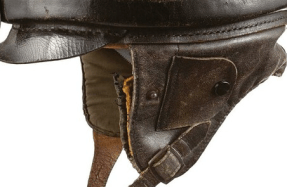
The Second World War ended with the dawn of the nuclear age, and with it the demobilisation of the American military meant a decrease in US Navy Seabee manpower from its peak of more than 250,000 to approximately 20,000. Nevertheless, the Seabees were called upon to construct facilities of varied types across the globe, and maintain and upgrade existing ones.
Among the most prominent Seabee projects during the immediate post-war years was the construction of a weather station on the Kamchatka Peninsula near the Aleutian Islands. Kamchatka was






